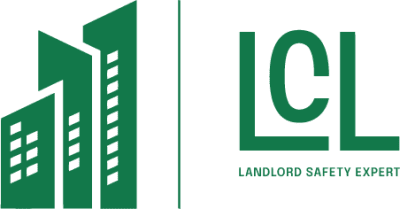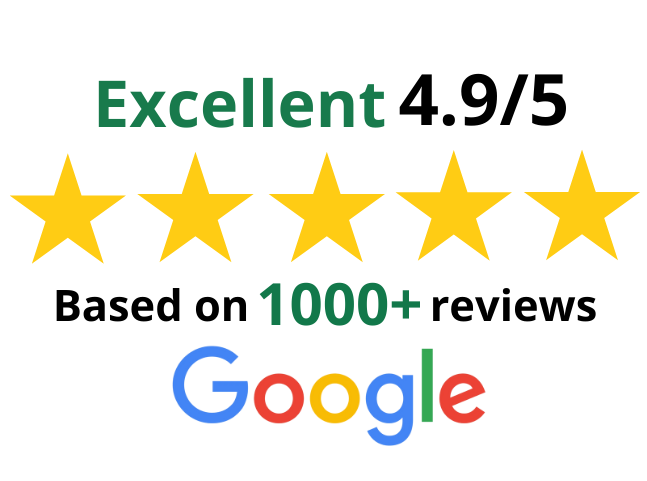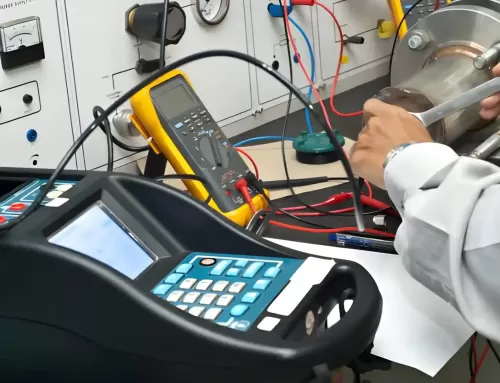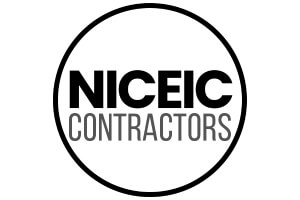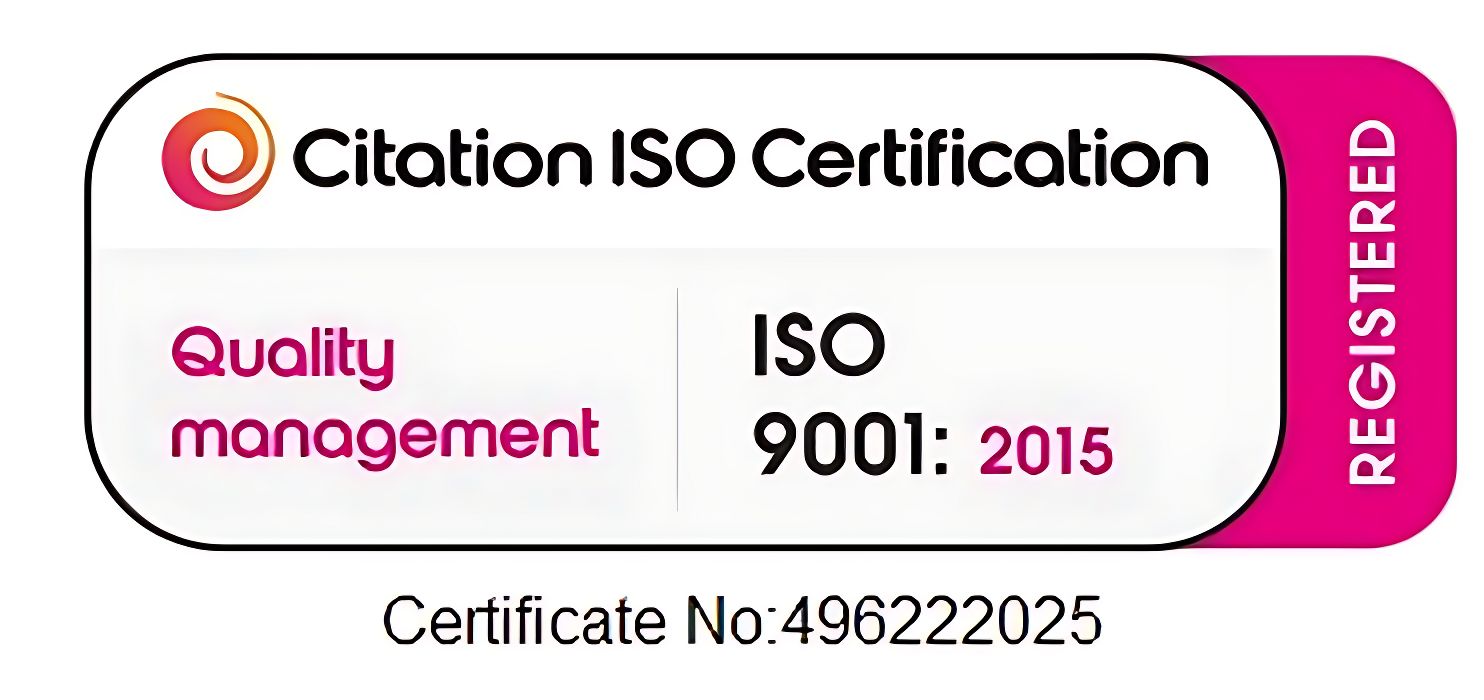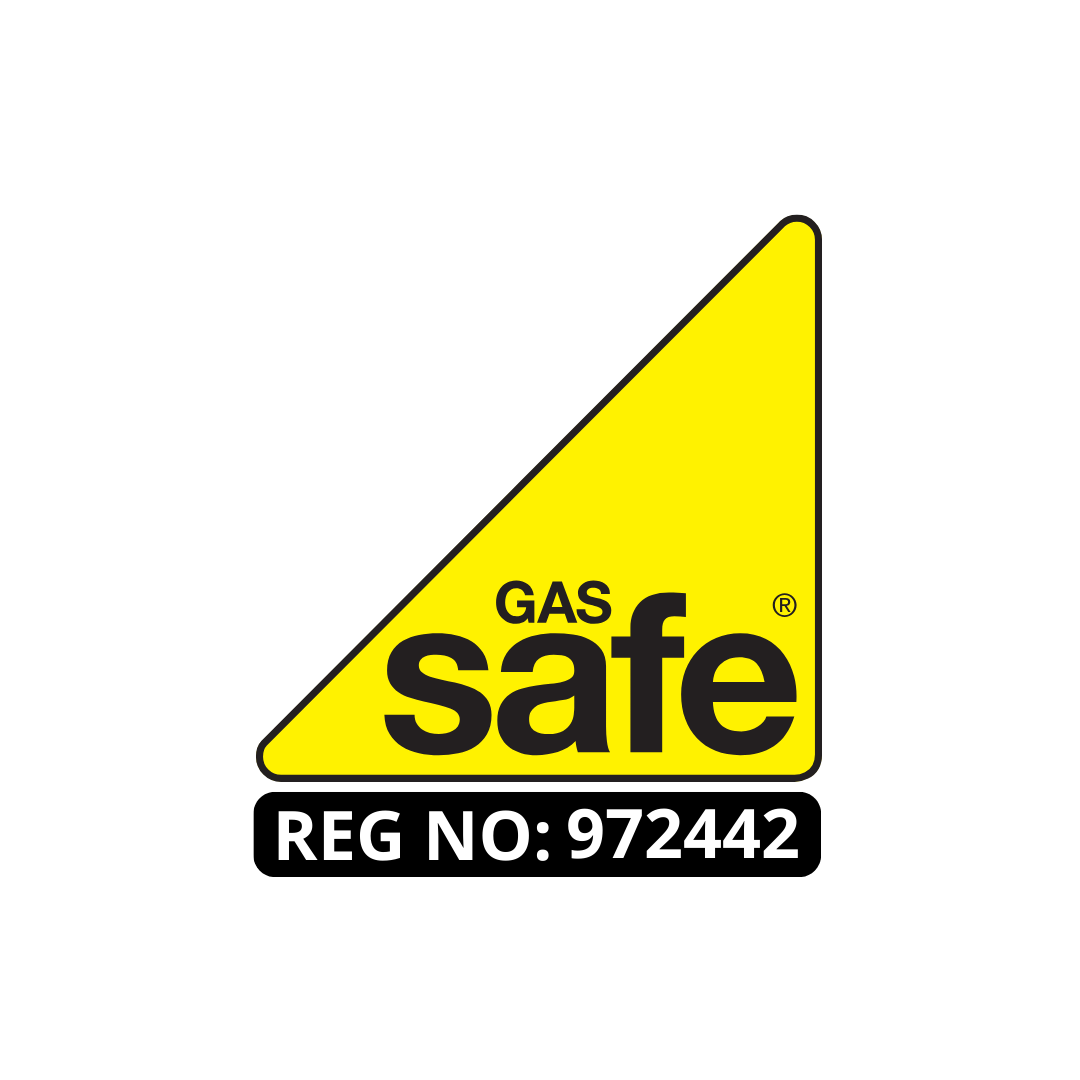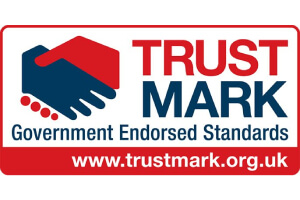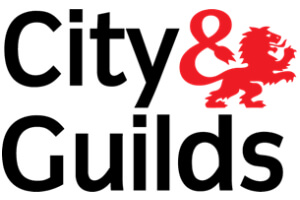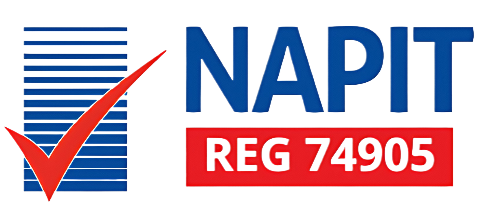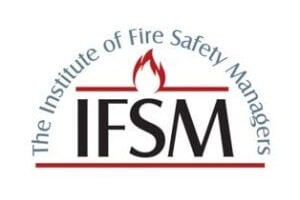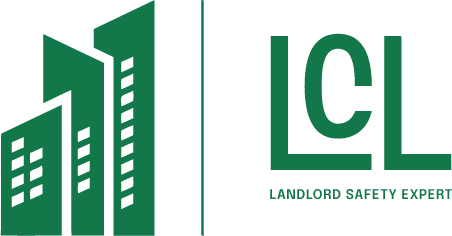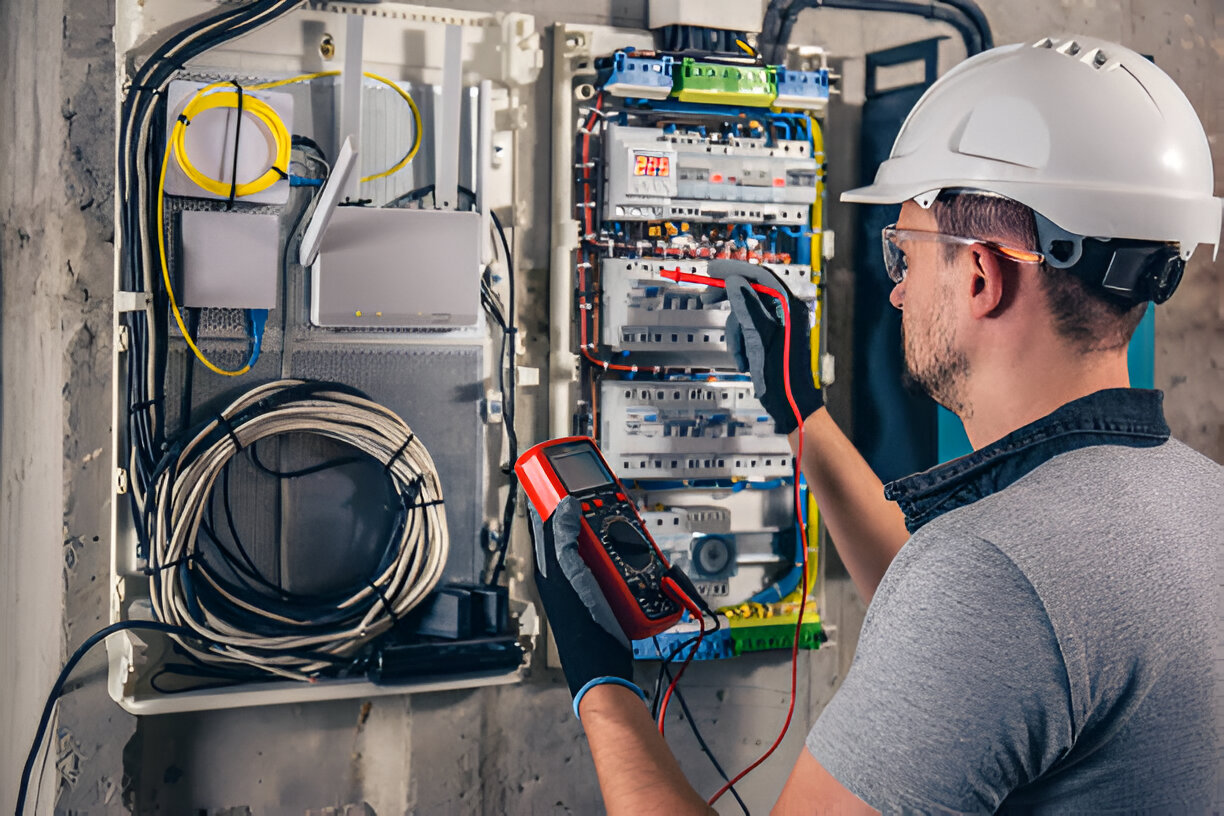
Understanding the Commercial EICR Cost 2025 is essential for UK businesses as they face key decisions around Electrical Installation Condition Reports (EICRs). In 2025, factors such as installation size, property type, and geographical location will all influence the cost. Whether planning for routine inspections or navigating the differences between commercial and residential assessments, businesses must stay informed to ensure compliance and manage budgets effectively.
Key Takeaways
- Expect Commercial EICR costs in the UK to range from £200 to £1,500, depending on installation size and complexity.
- Pricing can be heavily influenced by urgency and location, as urban areas usually tend to be more costly.
- Schedule EICRs every five years, or more frequently for high-risk sectors like manufacturing and hospitality.
- Ensure assessors are certified and accredited by bodies like NICEIC or ECA to guarantee compliance and safety.
- Evaluate assessors’ experience, reputation, and insurance to ensure reliable service and peace of mind regarding electrical safety.
What Does a Commercial EICR Involve?
A Commercial Electrical Installation Condition Report (EICR) serves as a thorough assessment of an electrical installation’s safety and compliance with current regulations.
This process involves a thorough inspection of electrical systems, including wiring, circuit breakers, and safety measures devices. Qualified professionals evaluate the installation’s condition, identifying potential hazards and areas for improvement.
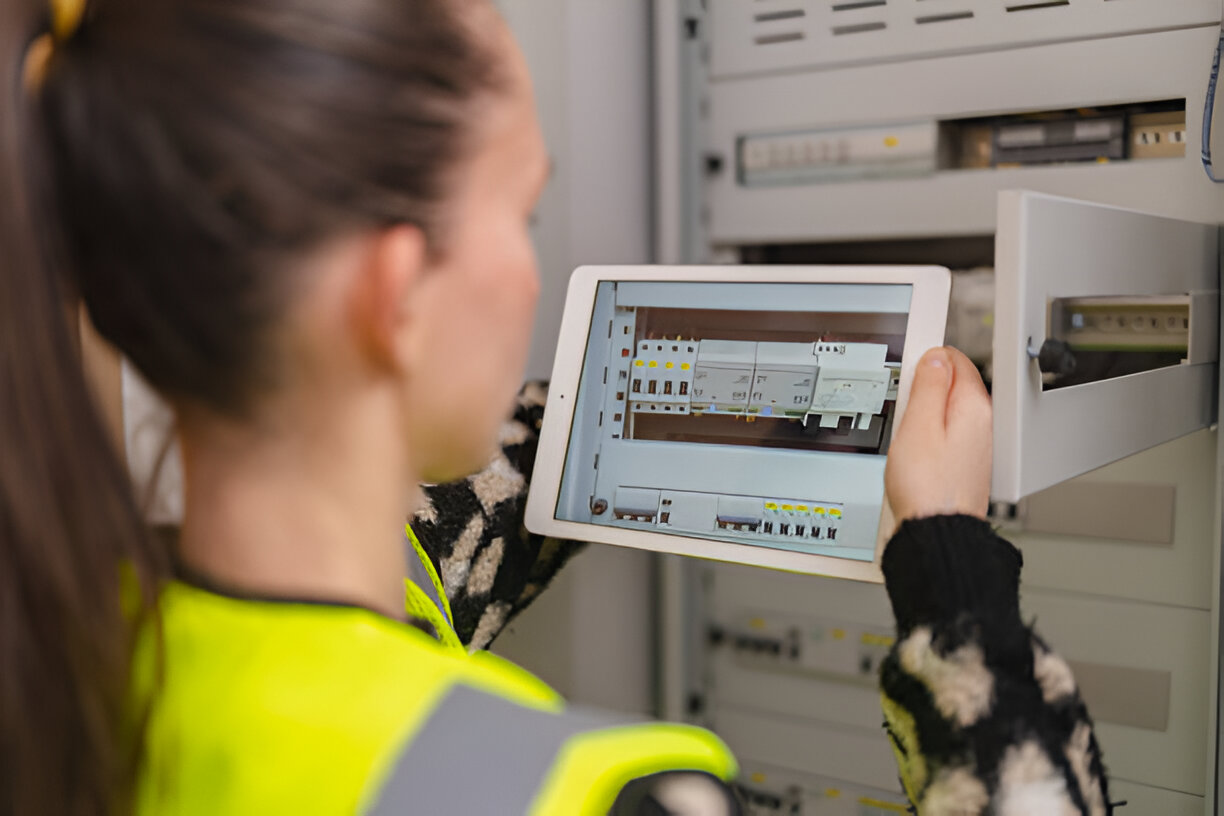
The report generated provides a detailed analysis, outlining any non-compliance issues and recommendations for remediation.
Businesses seeking to guarantee their electrical systems are up to standard often weigh the commercial EICR cost against the potential risks of neglecting electrical safety.
Breaking Down the Commercial EICR Cost
Understanding the financial implications of a Commercial Electrical Installation Condition Report (EICR) is essential for businesses planning to guarantee electrical safety.
The cost of an EICR can be affected by several factors, such as the size and complexity of the electrical system, the specific needs of the business, and the inspector’s level of expertise.
Innovative assessment methods, such as digital reporting and advanced diagnostic tools, may also affect pricing.
Additionally, the urgency of the inspection can lead to variations in costs, as expedited services might incur premium charges.
Typical Ranges for Commercial EICR Cost 2025
While the Commercial EICR Cost 2025 can vary considerably, businesses can generally expect to pay between £200 and £1,500, depending on several factors.”
Key factors include the size and complexity of the electrical setup, the location, and the particular needs of the business.
Larger premises or those with complex systems may suffer higher costs due to the increased time and expertise needed for thorough assessments.
Furthermore, businesses opting for advanced technology and creative solutions may discover that initial investments lead to long-term savings through enhanced efficiency and compliance.
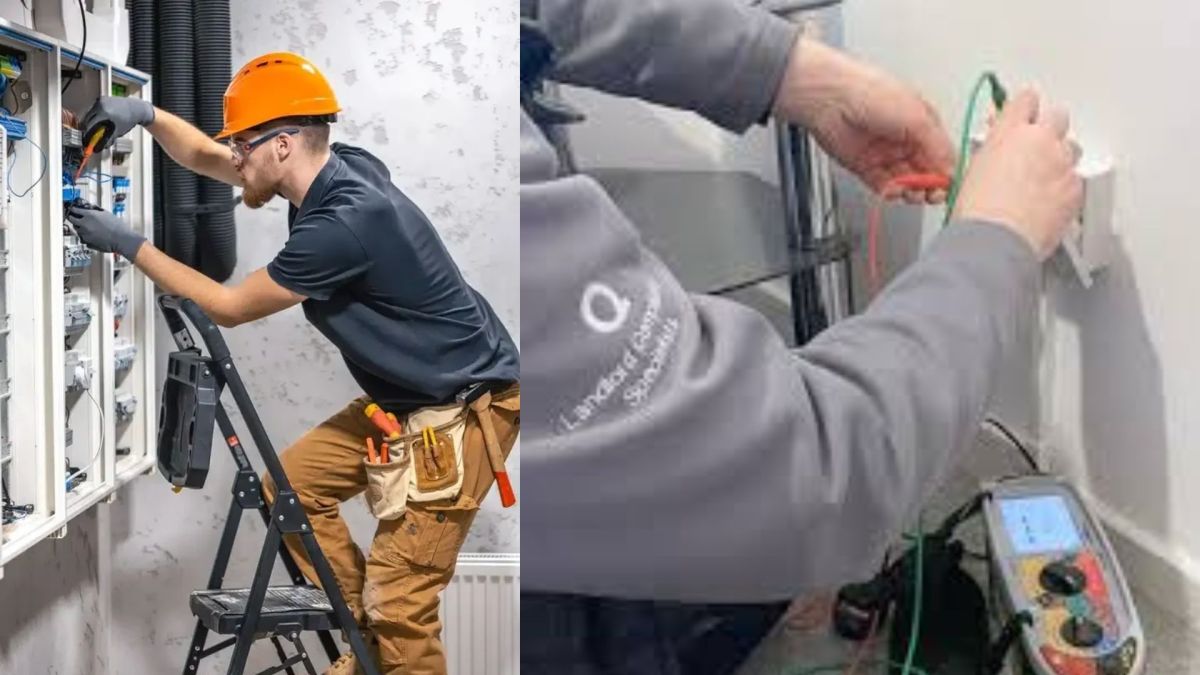
Ultimately, understanding these price ranges empowers businesses to make informed decisions and strategically plan for their electrical safety inspections.
How Often Should Commercial Premises Be Inspected?
Deciding how often to inspect commercial premises is crucial for ensuring electrical safety and meeting regulations. Generally, businesses are advised to conduct Electrical Installation Condition Reports (EICRs) every five years.
However, specific sectors, such as manufacturing or hospitality, may necessitate more frequent assessments due to higher risks associated with their operations. Additionally, changes in occupancy or alterations to electrical systems can warrant immediate inspections to guarantee ongoing safety.
Adopting a proactive approach not only reduces potential risks but also complies with increasing regulatory standards. Through the adoption of innovative technologies like remote monitoring systems, businesses can obtain real-time insights into their electrical infrastructure, which improves safety and efficiency.
Regular inspections are more than just a legal requirement; they are essential for sustainable business operations.
How Commercial EICRs Differ from Residential Inspections
Commercial Electrical Installation Condition Reports (EICRs) differ considerably from their residential counterparts, reflecting the distinct complexities of commercial electrical systems.
Typically, commercial inspections assess a larger scale of infrastructure, encompassing specialised equipment, intricate wiring configurations, and varying energy demands. This necessitates a more thorough evaluation process, often involving advanced diagnostic tools to identify potential issues in systems such as three-phase power and emergency lighting.
Furthermore, regulatory standards are stricter in commercial environments, necessitating compliance with particular industry norms and procedures. Commercial EICRs also focus on operational efficiency and workplace safety, highlighting the importance of detailed documentation and careful analysis.
Consequently, businesses need to involve skilled professionals capable of managing these complexities efficiently.
How Much Does a Commercial EICR Cost 2025?
How much should businesses anticipate spending on a Commercial Electrical Installation Condition Report (EICR) in 2025? The cost can vary widely based on several factors, but companies should prepare for an estimated range between £300 and £1,500.
This investment ensures adherence to standards and safety while encouraging innovative approaches in their operations.
Key considerations include:
- Size and complexity of the electrical system
- Geographic location
- Urgency of the inspection
- Condition of existing installations
- Additional services or follow-up reports required
Understanding these nuances enables businesses to allocate their budgets more effectively and make well-informed choices regarding their electrical safety and compliance requirements in the changing environment of commercial operations.
Key Factors That Influence Commercial EICR Cost
Multiple factors significantly impact the cost of a Commercial Electrical Installation Condition Report (EICR). The size and complexity of the electrical system are crucial, since larger systems demand more detailed evaluations. Additionally, the age and condition of existing wiring can cause variations in cost; older systems often require more thorough inspections. Geographic location also affects pricing, with urban areas typically charging higher rates due to demand and operational costs. Furthermore, the expertise and reputation of the inspection provider can influence fees, as well-established professionals may charge a premium for their knowledge. Lastly, compliance with evolving regulations and standards may entail additional resources, thereby impacting the overall cost of the EICR.
What’s Covered and Excluded in a Commercial EICR Cost?
Understanding what is included in the cost of a Commercial Electrical Installation Condition Report (EICR) is essential for businesses budgeting for electrical assessments. An EICR provides key insights into the safety and compliance of electrical installations, but it’s essential to recognise what the costs cover and what they do not.
Key inclusions typically comprise:
- Thorough visual inspection of electrical installations
- Testing of fixed wiring and components
- Detailed report outlining findings and recommendations
- Certification of electrical safety compliance
- Consultation regarding necessary remedial work
However, businesses should be aware that additional charges may apply for repairs, follow-up inspections, or any unforeseen complexities that arise during the assessment.
Understanding these elements aids in strategic financial planning.
Do You Need an EICR for Every Business Premises?
The need for an Electrical Installation Condition Report (EICR) depends on the kind and use of the business premises. For commercial entities, such as offices, retail spaces, and industrial facilities, an EICR is essential to guarantee compliance with safety regulations and to protect both employees and customers.
However, certain premises, like temporary or low-risk sites, may not require routine EICRs. Furthermore, companies employing advanced technologies or complex electrical systems often require more frequent evaluations to reduce risks linked to innovation.
Ultimately, understanding the specific needs of each business type is essential for maintaining safety, improving operational efficiency, and creating an environment that supports growth and progression in a competitive market.
Certified assessors, you can trust
When selecting a certified assessor for an Electrical Installation Condition Report (EICR), businesses need to prioritise qualifications and experience. Choosing the right assessor not only ensures compliance but also enhances the safety and efficiency of electrical systems.
Businesses should consider the following criteria when choosing an assessor:
- Accreditation: Verify they are registered with a recognised body, such as NICEIC or ECA.
- Experience: Look for assessors with extensive experience in commercial environments.
- Reputation: Request reviews and testimonials from previous clients to evaluate reliability.
- Innovation: Assessors should be updated on the latest technologies and practices in electrical safety.
- Insurance: Verify they carry professional indemnity insurance for added security.
Landlord certificate London provides the most reliable service with affordable pricing.
Frequently Asked Questions
Can I carry out an EICR myself as a business owner?
The question of whether a business owner can perform an EICR themselves is complex. While some may possess adequate knowledge, professional certification guarantees compliance and safety, highlighting the importance of expert evaluation in electrical installations.
What Are the Consequences if My Commercial Property Fails the EICR?
If a commercial property fails the EICR, it must be addressed immediately to fix the identified issues. Non-compliance may lead to safety risks, legal consequences, and operational interruptions, highlighting the importance of prompt and innovative electrical solutions.
Are There Penalties for Not Having a Valid EICR?
Failing to keep a valid Electrical Installation Condition Report (EICR) can result in significant penalties, including fines and possible legal proceedings. This underscores the importance of compliance for sustainable and innovative business operations in the UK.
How Can I Prepare My Premises for an EICR?
To prepare premises for an EICR, one should guarantee clear access to electrical installations, verify the condition of wiring and appliances, and address any visible damage, fostering an innovative environment conducive to thorough inspections.
Is There a Difference in EICR Requirements for Different Industries?
Different industries often face varied EICR requirements due to specific regulations and safety standards. For instance, healthcare may demand stricter protocols compared to retail, highlighting the need for tailored compliance strategies in each sector.
Conclusion
In conclusion, understanding the commercial EICR cost for UK businesses in 2025 involves considering various factors when budgeting for a Commercial Electrical Installation Condition Report (EICR). Knowing the complexities of the inspection process, typical cost ranges for commercial EICRS, and inspection frequency are necessary for compliance and safety. By recognising the key elements that affect pricing and the importance of certified assessors, businesses can ensure they make well-informed decisions and keep their electrical systems safe.
About the Author: LandlordCertificate
Related Posts
Get Social
Recent Posts
- Fuse Box Installation: Everything Homeowners Need to Know Before Getting Started
- EICR Certificate London: Understanding Your Legal Duty as an Owner
- Behind the Scenes of a Gas Safety Certificate London Inspection in Homes
- The Role of Fire Alarm Installation in Building Safety
- How Often Should a Fire Risk Assessment Be Reviewed?
